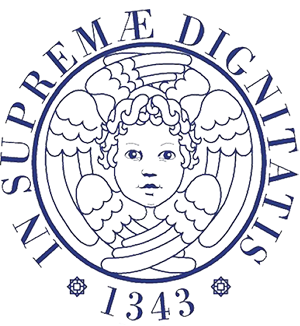1. DEFINITION
Varicocele is a disease characterized by the appearance of varicose veins of the pampiniform plexus (veins around the testicle).
2. INDICATIONS
Pediatric age: surgical indication in pediatric age is limited to gonadotropic hypotropia (testis volume 20% less than the contralateral one). This is because the correction of varicocele in pediatric patients with gonadotropic ipsilateral hypotropia leads to a volumetric testicle recovery in 80% of cases. The spermogram should only be performed after 18 years (before will only be meaningful if the testicular development is complete: testsicles > 12 ml).
Adults: they are grouped into the following categories:
Symptomatic varicocele
Infertile
Persistent or recurrent varicocele
1) the surgical correction is indicated when the patient has symptoms. Rarely the varicocele may exhibit a symptomatology, consisting mainly of pain in the upright position of the testicles, the inguinal canal, the inner part of the thigh, or it manifest with a weight sensation at the scrotum level (usually due to varicocele of large size). Those symptoms are not due to varicocele most of the time but to concomitant pathologies (epididymitis, orchitis, inguinal hernia, prostatitis, rheumatoid urethral torsion, etc.).
2) Infertility concerns varicocele and azoospermia: azoospermia from chromosomal alterations: no surgery, azoospermia with testes <10 ml and normal gonadotrophins: surgery is appropriate, azoospermia with high gonadotropins: no surgery.
3) In persistent or recurrent varicocele, indications are limited to infertility and the presence of symptoms. It is worth remembering that the varicocele correction does not necessarily imply an improvement in seminal parameters.
3. DESCRIPTION OF THE TECHNIQUE
In our department, the most widely used surgical varicocele correction technique consists in the ligation of spermatic veins with sup-inguinal or retroperitoneal access (Ivanissevich and Palomo), inguinal (Bernardi), sub-inguinal (Marmar and modifications) other correction techniques to be reported: microsurgery, laparoscopic and kamagra oral jelly cvs the sclerotization.
4. DURATION OF THE PROCEDURE
The intervention lasts between 30 and 60 minutes.
5. TYPE AND DURATION OF RECOVERY
The intervention will be performed under DAY SURGERY or ONE DAY SURGERY (SOME BILATERAL VARICOCELE CASES)
6. COMPLICATIONS
After surgical ligation of spermatic veins, a percentage of complications varies from 5 to 30% of cases. The most frequent complications are the idrocele that needs surgical correction in 50% of cases, the surgical wound infections and orchiepididymitis. There are rare cases of testicular atrophy.
7. CONTROLS
A first clinical checkup will be made within 7 days from the surgery.
After varicocele correction, irrespective of the technique performed, venous reflux must disappear and therefore its effects on spermatogenesis: eco-color Doppler (or Doppler velocity in alternative) after a period of time that may vary from 3 to 6 months after the surgery.
Seminal fluid control should be performed after 6 and 9 months after surgery, not earlier (the cycle of the semen epithelium is about 4 months).
8. EFFECTIVENESS
Regardless of techniques used, varicocele persists or relapses in about 10% of cases.

